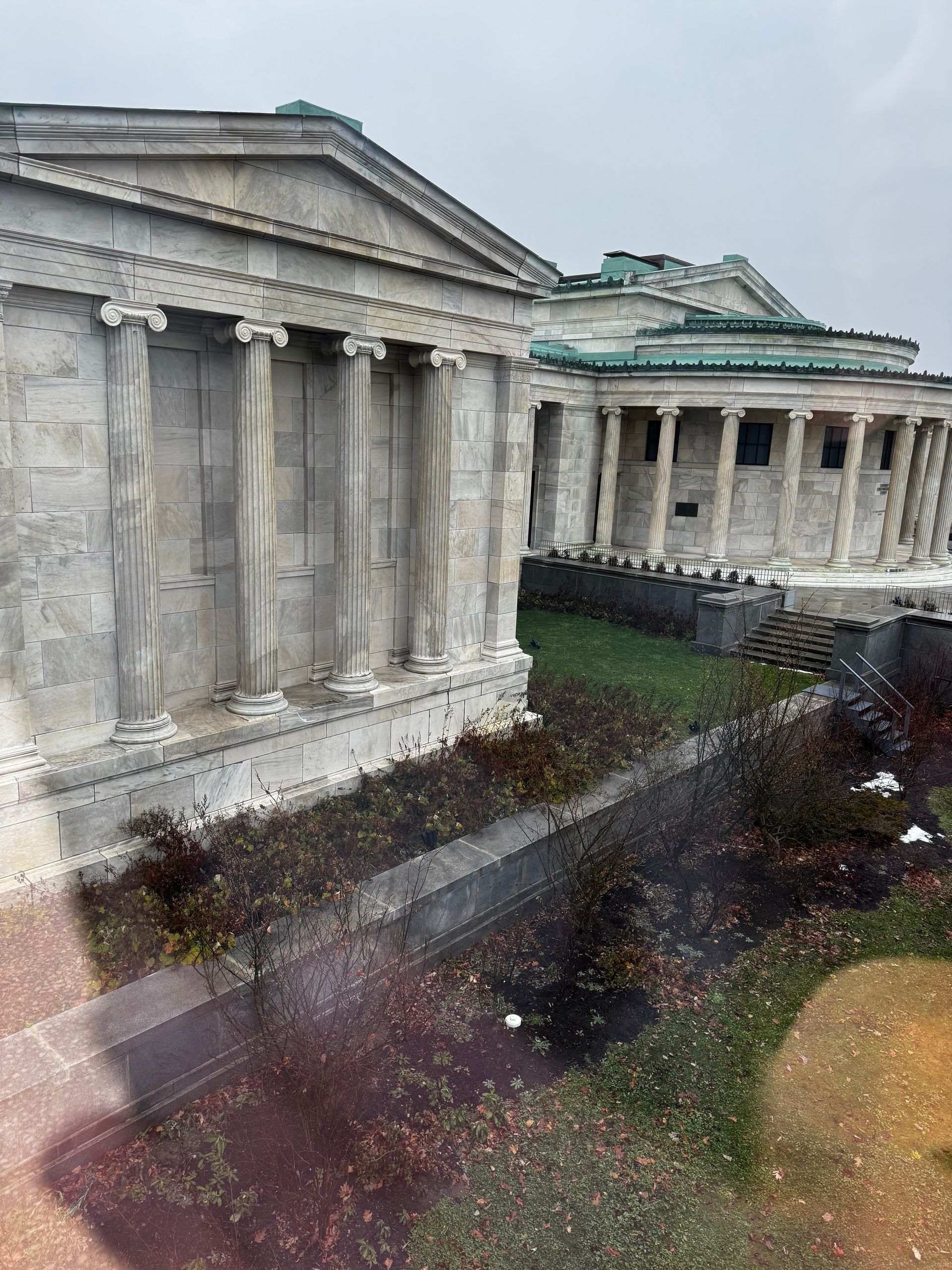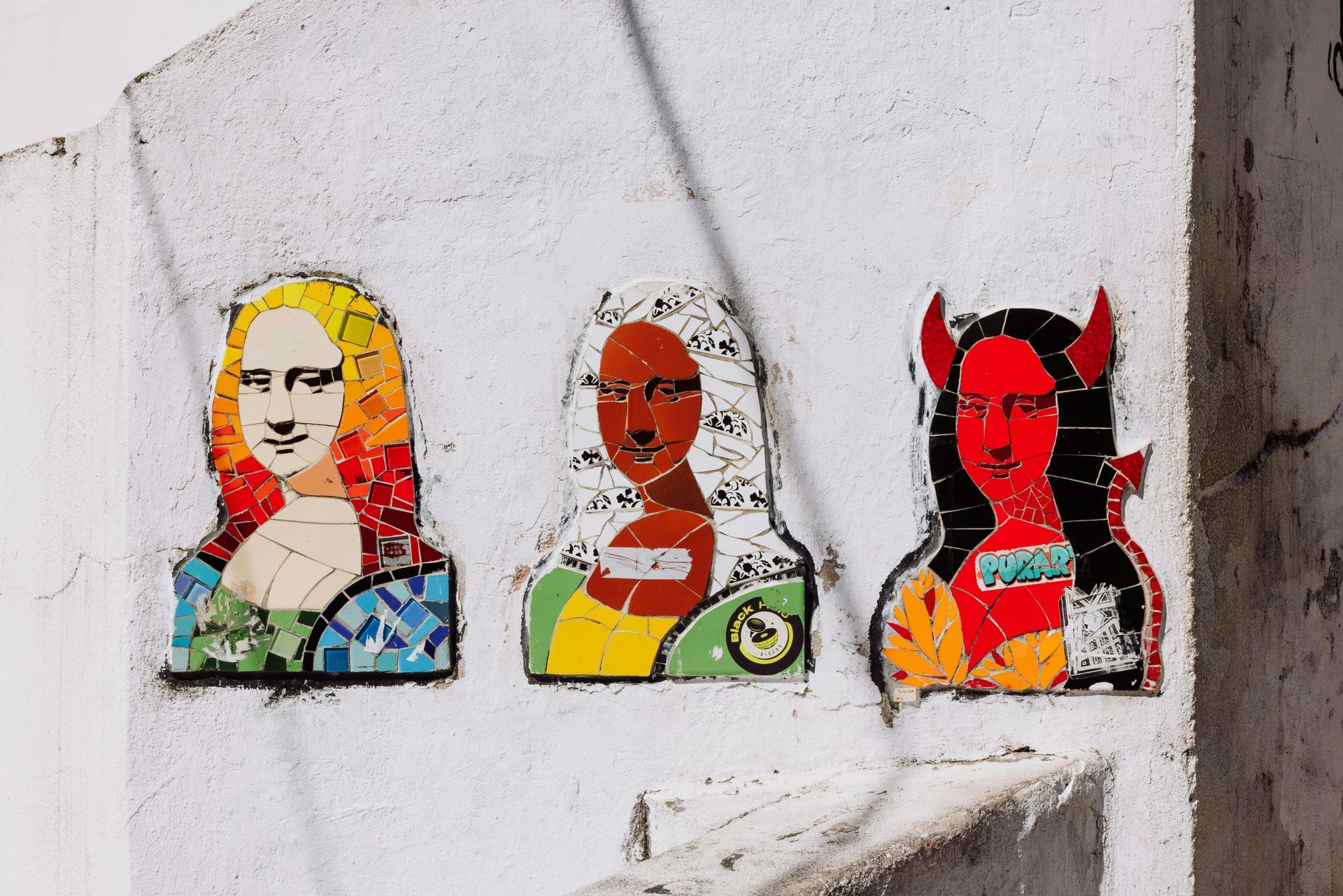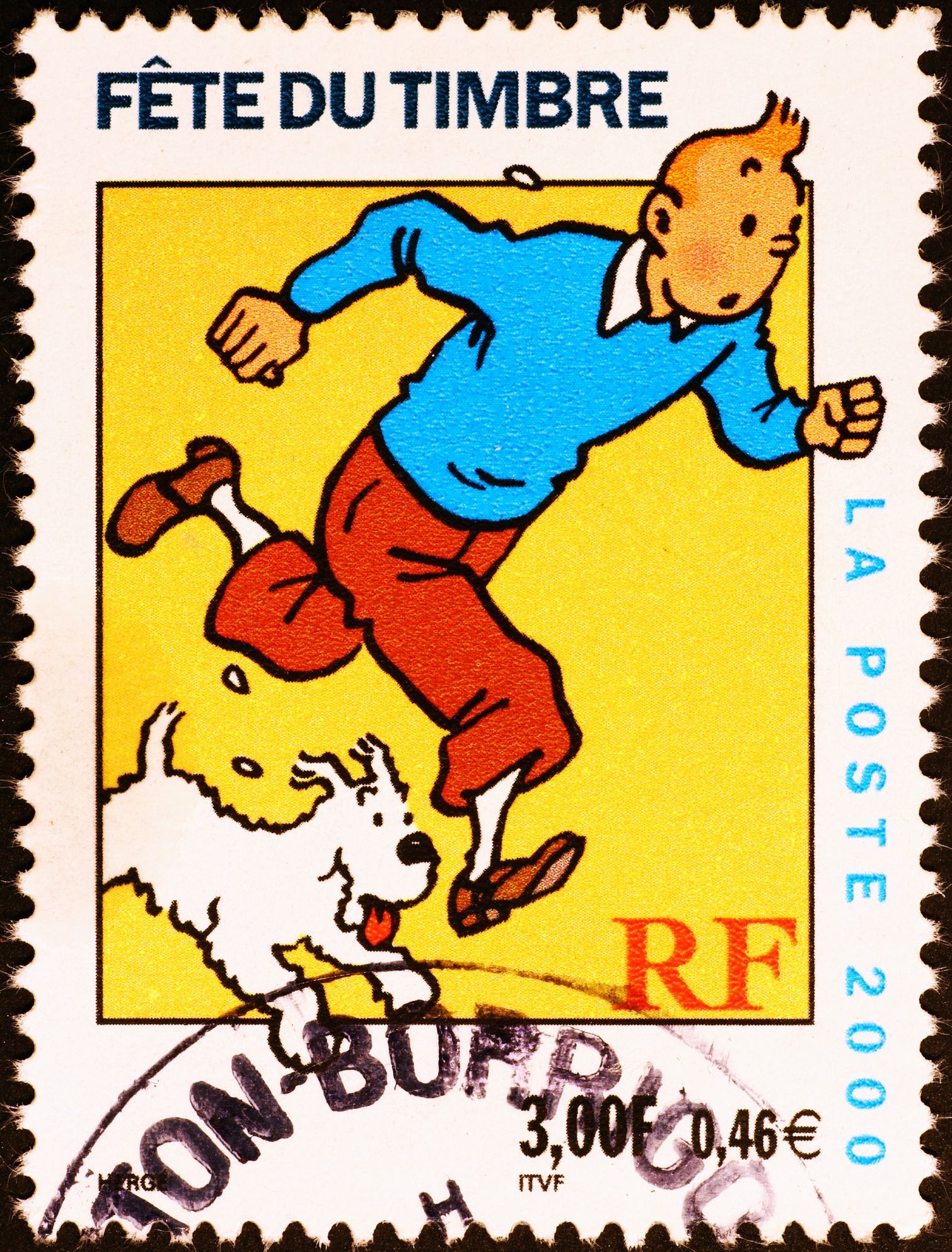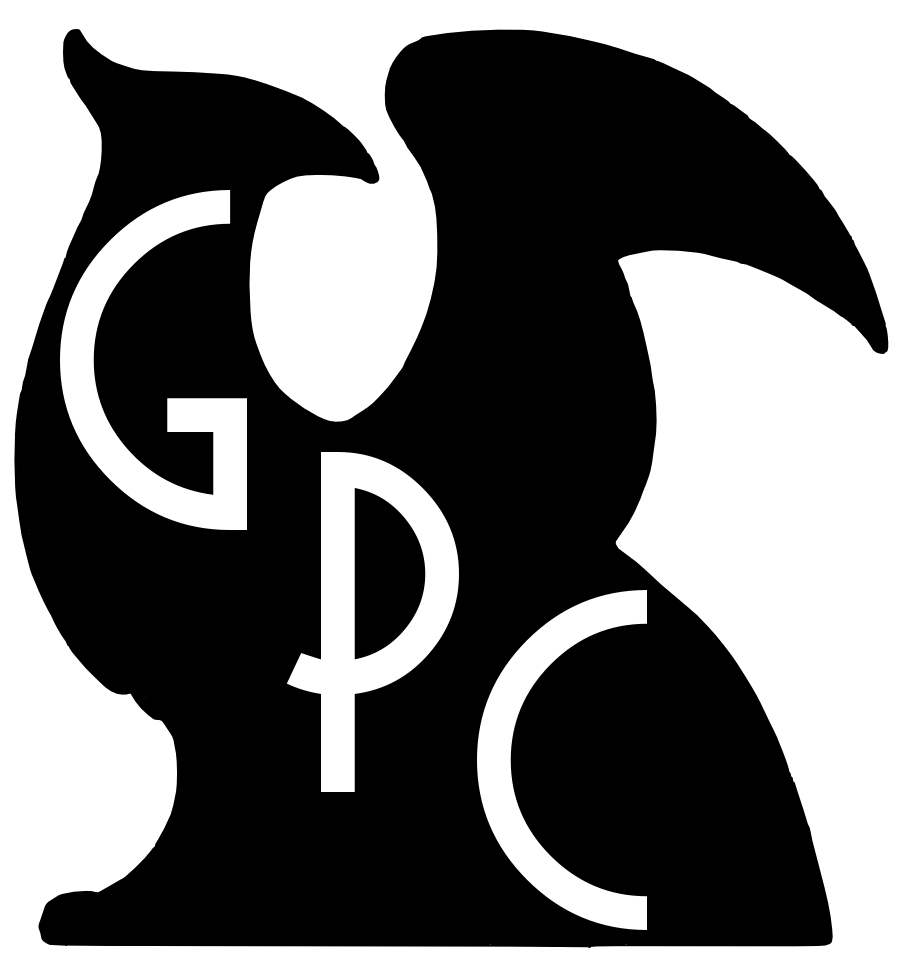The Instagram Debate: Fair Use in Art on Social Media
In probably one of the most interesting copyright debates since the musician Prince and a Pennsylvania mother went toe to toe over a YouTube posting, the artist Richard Prince, has apparently blatantly adapted Instagram postings and created works placed on display in the Frieze Gallery in New York.
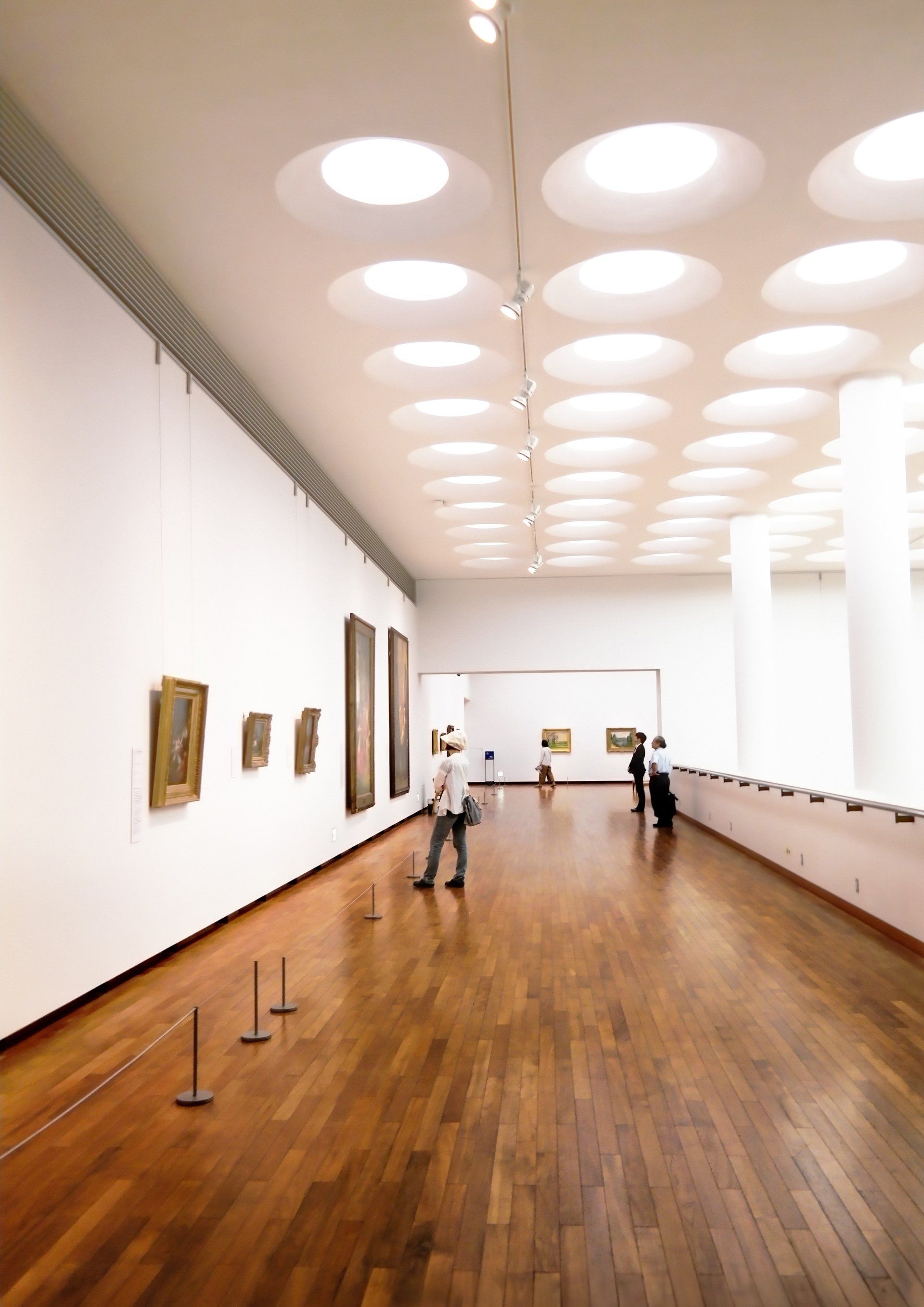
The Internets have erupted with stories reporting on individual Instagram users selling their own versions of the same prints that Richard Prince sold for $90,000. And, according to reports, Prince's own Instagram account received a lot of negative commentary on the subject (which, I imagine, is just what he was after in the first place).
But does the act of an artist adapting an Instagram screenshot, enlarging it and printing it on canvas for display in a gallery, constitute infringement? Maybe, and maybe not.
It's helpful to look at the general rules of Fair Use when analyzing this case. As definied in Section 107 of the US Copyright Act, Fair Use provides guidelines that help a court to determine whether the reuse of copyrighted material may be considered "fair" as well as what types of use (including criticism, social commentary, education, news reporting, scholarship and research) are may be considered Fair Use.
One important thing to keep in mind is that Fair Use is NOT protection against an infringement suit. Rather, its guidelines provide an outline for a court to determine whether damage was suffered by the copyright holder. It also is not an absolute that, when a defendant believes he or she has each factor checked off as Fair Use in an infringement suit that the defendant will be able to prevail.
I think several items make the story very interesting:
1.) Clearly, Richard Prince created a copy of the images on Instagram and made them into prints without consent (which is, just at its base, infringement).
2.) Perhaps not so obviously, the specific collection is unique and could be construed as the artist's commentary on social media and life in today's world (perhaps weighing in favor of Fair Use).
3.) Simply posting an image to Instagram or other social media platform does not formally register copyright in that image to the user who is posting. User agreements for the platforms aside, copyright still vests with the creator, but without formal registration of the work, infringement becomes more difficult to claim.
4.) The fact that Prince sold the prints from the gallery show (clearly profiting from the venture) pushes the reuse of the original photographs out of a clear case of Fair Use (and thus begging infringement).
Probably the best article on the controversy is co-authored by a practicing copyright attorney, and it makes abundantly clear that the idea of infringement is not that entirely clear.
However, until one of the Instagram users whose photo was adapted by Richard Prince decides to take him to court over the matter, we won't have a clear decision on whether this particular reuse is Fair Use. Until then, the battle will be fought at a virtual level online and in social media.
I'll be watching closely, though. Will you?
***Addendum, July 2: Another person, whose photo was "transformed" by Richard Prince in his Instagram gallery exhibit, spoke out on the matter to the Toronto Star.
****
